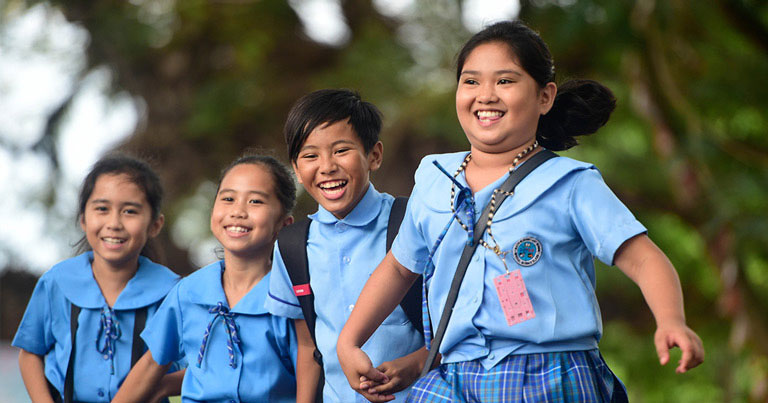The rise of mobile phone usage vs. the landline phone (remember those?) has many hoping that a similar rapid rate of development — only one solution required, quick, and relatively painless — will be felt in the transition to more renewable sources of energy.
They are mistaken.
While we all hope that the transition to renewable energy will be swift, the reality is that the revolution will likely take time, feature a basket of solutions, and be in stages rather than through one simple, instantaneous “magic bullet”.
In this first opinion piece, I’ll describe why the transition will take time. In the second, I shall present the technologies that I believe will be part of a holistic solution. And in the third, I will describe the stages that society will likely go through in order to see us all positively moving towards a cleaner energy future.
The transition to a cleaner energy future will not happen overnight. The current energy landscape which features the pervasive use of thermal sources — fuel for planes, ships, and cars and coal for electricity — did not emerge over a year or even several years. The current energy landscape was borne out of decades upon decades of developments.
Let’s take the gas you use in your cars. As many are probably aware, gas prices are driven in large part today by supply levels set by the Organization of the Petroleum Exporting Countries or OPEC. But do you ever wonder why the cost of transporting that fuel from, say, Saudi Arabia to Manila’s gas stations isn't a big factor in the cost of your gas? Saudi Arabia is over 8,000 kilometers away from the Philippines. Then factor in having to transport that gas — not the easiest to transport given their liquid, combustible nature — in specialized tankers. Then having to take that fuel from our port depots to the thousands of gas stations all over the 7,100 islands. Why isn’t that a big part of your gas costs?
The answer is that the last fifty to a hundred years have seen the growing efficiency of the infrastructure around transporting gas. Oil and gas companies have undergone decades long improvements in hydrocarbon logistics — from pipelines, refineries, depots, vessels, to road tankers — so much so that the cost of transporting from the oil producing countries to most anywhere in the world is just about $2-6 per barrel, based on tanker spot freight costs.
So taking oil, putting it in specialized tankers and then shipping it halfway around the globe will cost way cheaper than an airplane seat. It didn’t start that way. The oil tanker industry has developed to such an extent that shipping oil can just cost $2-6 even amidst all the specialized requirements.
It took decades upon decades for the market to evolve in such a way that shipping companies could deliver oil for just $2-6 and still make money. On the production side, some countries like Saudi Arabia can pump oil from the ground for just $3-5 per barrel. So even if one factors in other related costs, one could see oil being sold for just a little more than $10 per barrel. As to why the price of oil is much higher than $10 per barrel, that’s another factor to consider.
Oil is a major, global industry, generating over a trillion dollars. From the national extraction wells of oil producing nations — Nigeria, Qatar, UAE, Kuwait, Canada, Norway, etc. — to the different actors in the value chain, including oil and gas equipment manufacturers, shipping and logistics companies, banks and traders, etc., to the communities that benefit from the oil industry (jobs, infrastructure, small businesses, etc.), oil plays a significant role in keeping that trillion dollar machine running.
The “efficiency” of the oil industry has had a trickle down effect on industries that rely on oil. These oil reliant industries such as transportation, plastics, cement, fertilizers, and steel in turn serve as the lynchpin of modern society.
The intricate, complex web that is the oil industry took decades upon decades to develop. Trial and error, market driven efficiency, government policies and social norms all played a role in making the oil industry what it is today — pervasive, impactful and able to actively respond to pricing changes. Any attempts to quickly “diminish” the oil sector has been and will be met with realities such as pricing adjustments by the oil producers, potential loss of jobs and enterprises, disruption in the transport sector, and societal discomfort if not unrest.
Likewise, attempts to replace the current electrical power system must be met with efficient, effective, and a more widely acceptable set of options. The current oil-based supply chain works well only because it took decades to get to this point. By replacing the fossil fuel-based ecosystem with better and cost-effective options, you can just imagine how long it will take to do so.
Think of JuneMar Fajardo. As great a basketball player that he is, expecting him to quickly transition to a volleyball player — he has the requisite height — would be unreasonable as all of his years of training have honed his basketball and not necessarily his volleyball skills.
The energy transition will happen. It just won’t happen overnight.



